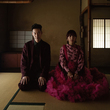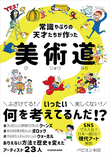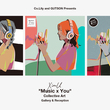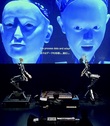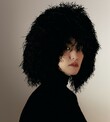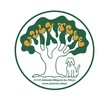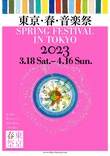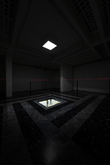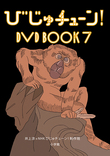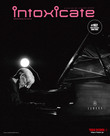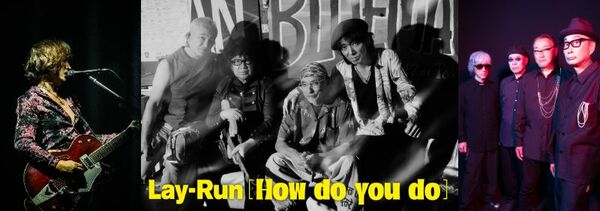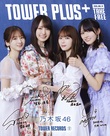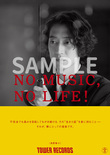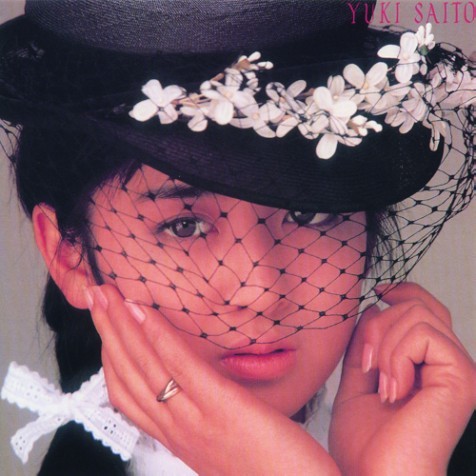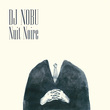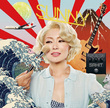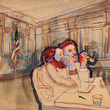
The art of “touch” connecting eyes, ears and hands.
The Story of Mimi-Nashi-Hoichi “Hoichi-the-Earless” 21st century version.
A picture book to illustrate “invisibles”.
At this moment, I am working on a picture book. Precisely speaking, it’s better to say I am going to work on it. Until now it has been my own writings and compilations from the vantage point of a researcher of Anthropology or a person with visual impediment that I have published. It is another issue wether their sales are successful or not, but I think I have learned enough to enjoy publishing books of both academic and non academic. Then, the the question is why I am going to work on a picture book. It is relevant with the current social climate which coronavirus crisis has triggered.
The theme I adopted is The Story Of Mimi-Nashi-Hoichi (Hoichi-the-Earless). It was one of the stories collected and compiled in Kwaidan by Lafcadio Hearn (aka Yakumo Koizumi), and found many readers over a century since its publication. Most of those readers may well have the impression of being a cruel story that concludes Hoichi as a blind teared off his ears by vengeful ghosts of Heike. But the true story is that Hoichi after losing his ears made a fortune as a prominent player of the biwa (=Japanese lute) in the end. Simple judgement of “wealth = happiness” is not the issue here, but there is no doubt that Hoichi had grown to be a prominent Biwa Player backed by public demand. It is a pity to see so many people still unrevealed to (or forgotten) his happy latter days by violent image of cutting his ears off.
In the year of 2020, the pandemic of COVID-19 has affected human activities in every way. Recent lifting a state of emergency finds our gradual recovery to normal life. However, we are still required to keep avoiding 3Cs (=closed spaces, crowded places, close-contact settings) in every place and time. “New Normal” seems to me that it implies “Anti physical contact syndrome”. I consider this spread of “Anti physical contact syndrome” more fatal than the pandemic of COVID-19.
Why is the mankind fearful of new coronavirus so much? Not to mention, it is because the virus is invisible. After the modern times, mankind has believed that the progress is to make invisible visible. The clue word for modernization is “visualization”. Maybe, it is true that the desire to visualize wide variety of things has prospered the mankind on the one hand. On the other hand, in the course of pushing forward the “modernization = visualization”, the human race has missed and abandoned so many possibilities. At the beginning of 20th century, Hearn’s emphasis on the value of invisibles in his Kwaidan is quite significant. “Don’t you overlook anything important in the process of visualization?” This was the challenge to modern Japan during the period of thrusting into the Russo-Japanese War from the Sino-Japanese War, by Hearn.
“Only things in sight are truthful.” “Invisible psychic phenomenon are impossible.” To the people of modern society who exclude the other alternatives, invisible coronavirus is a subject to be feared. They do not touch an elevator button or doorknobs. They do not take opposite seats of their family and friends in the restaurant. They sit side by side... Current infiltration of “Anti physical contact syndrome” disrespecting for humanity nourished through the physical contact (mutual contact / intercourse) with things is clearly overreaction. How long will excessive fear over the coronavirus sustain?
Hoichi could have talked freely with vengeful ghosts of Heike, i.e. “invisibles”. Then, what would Hoichi talk to us, if he were to time-travel into 21st century? Hoichi must be capable of enjoying symbiotic life with anything invisible and any person unseen without a fear of coronavirus, for sure. “Human, restore something of Hoichi!” I hear such a message coming up inside of my body. Following this voice, I make up my mind to produce a picture book. I admire the books expressing my own inner world by accumulating letters and words, but for this project, I dare to be particular about curated idioms and disciplined simple sentences. The challenges are how and how close I can touch invisibles by way of visible illustrations. And it is also challenging that the writer of the book, I myself, is completely blind. With this kind of passion, I enjoy making a picture book without seeing its goal.


